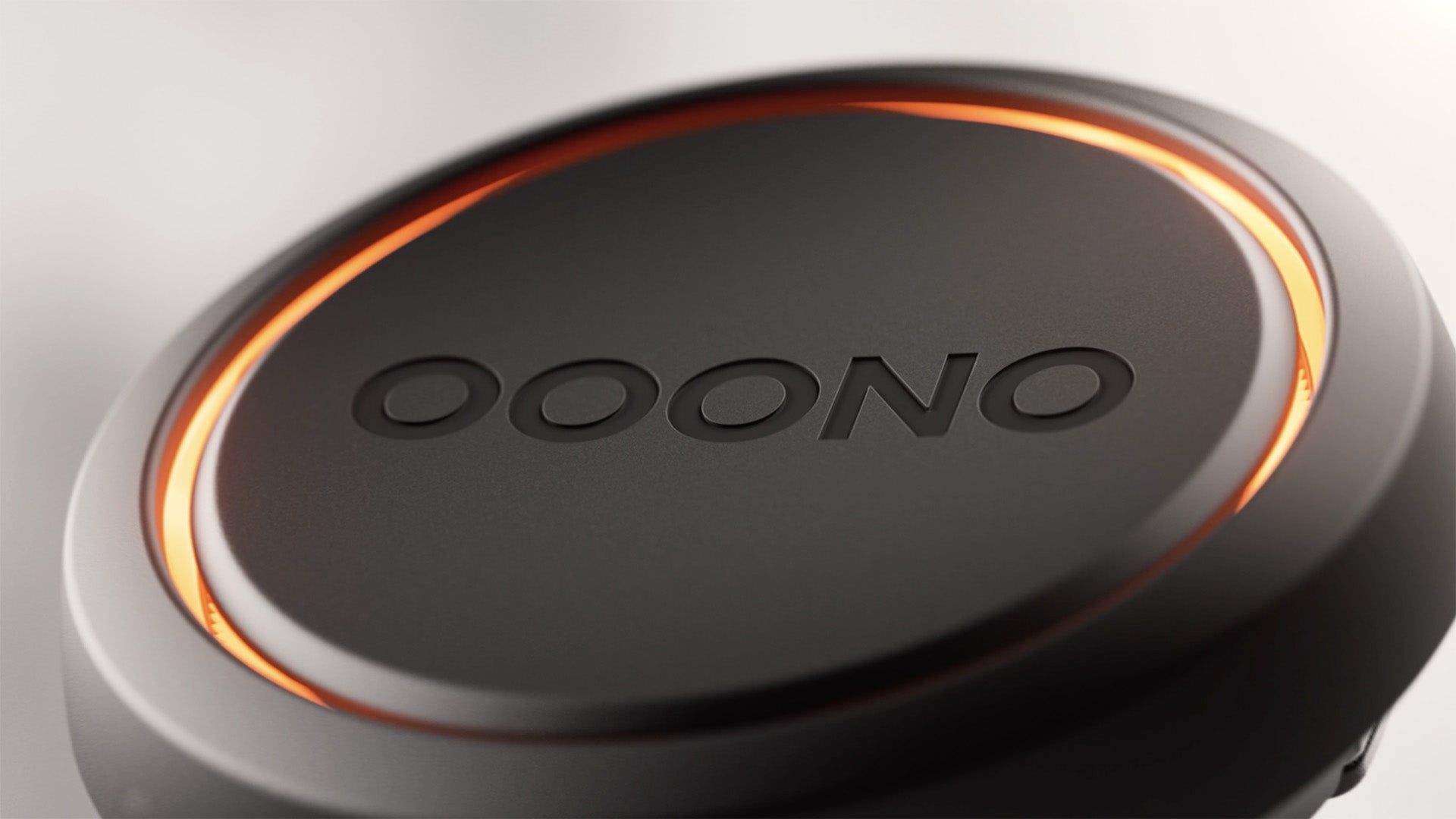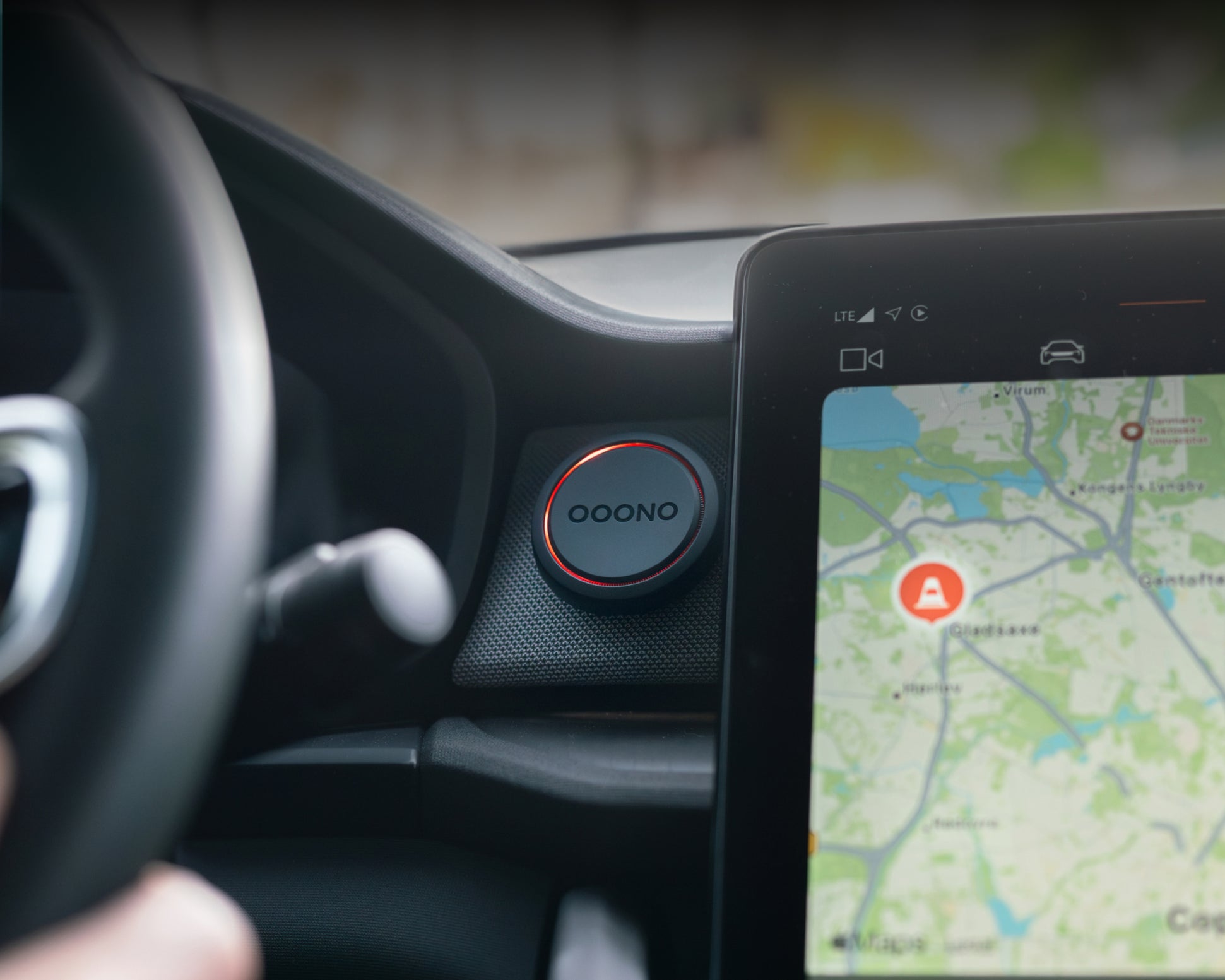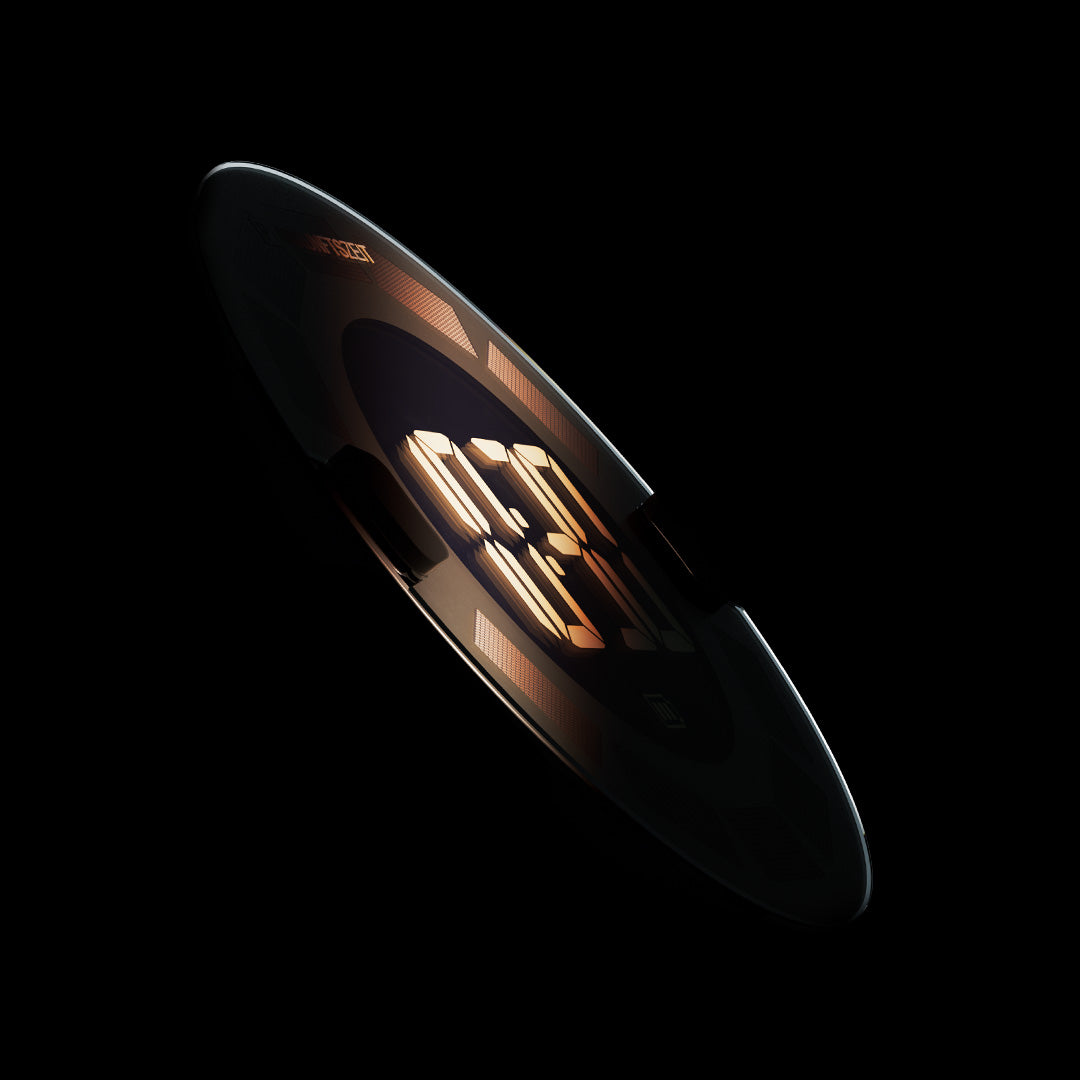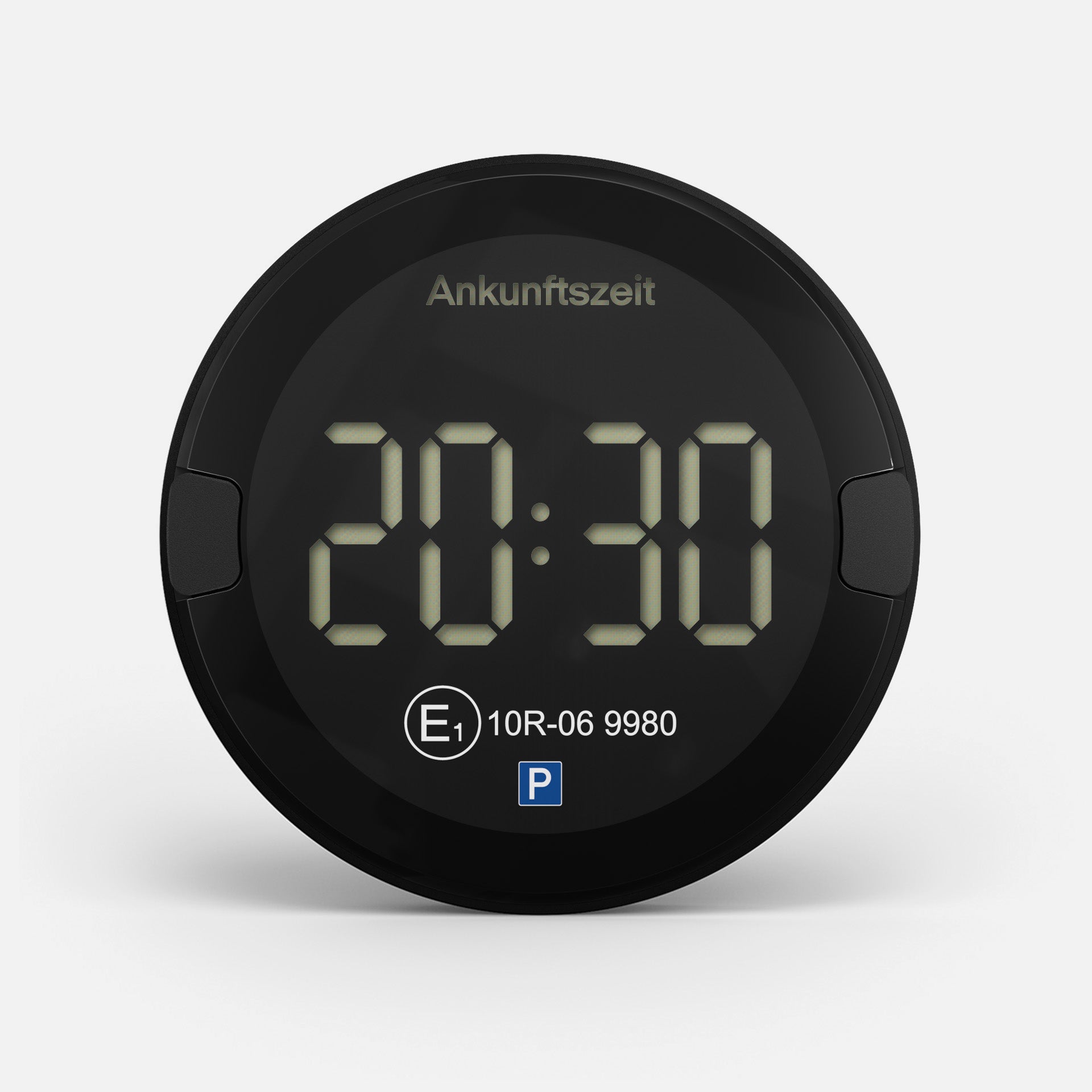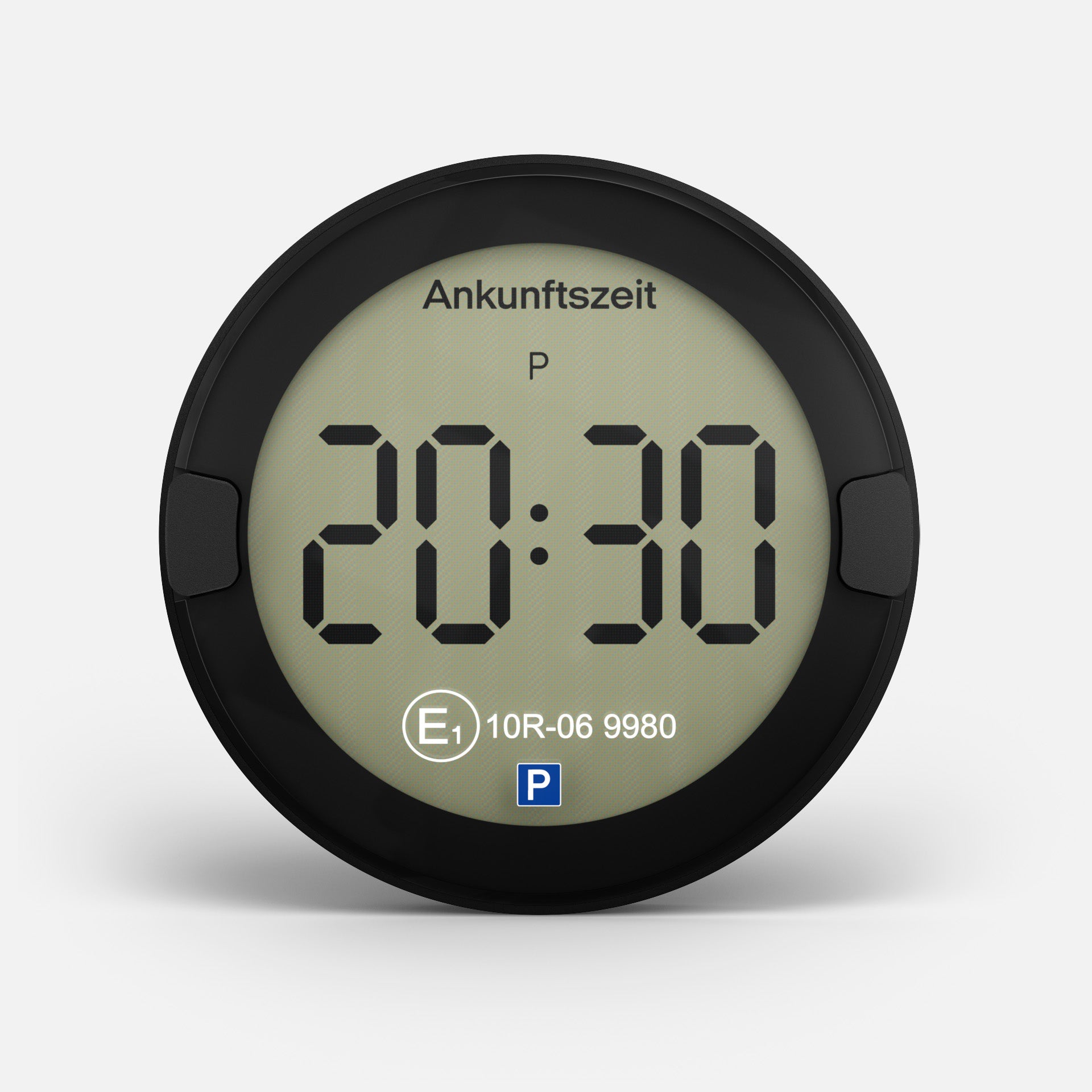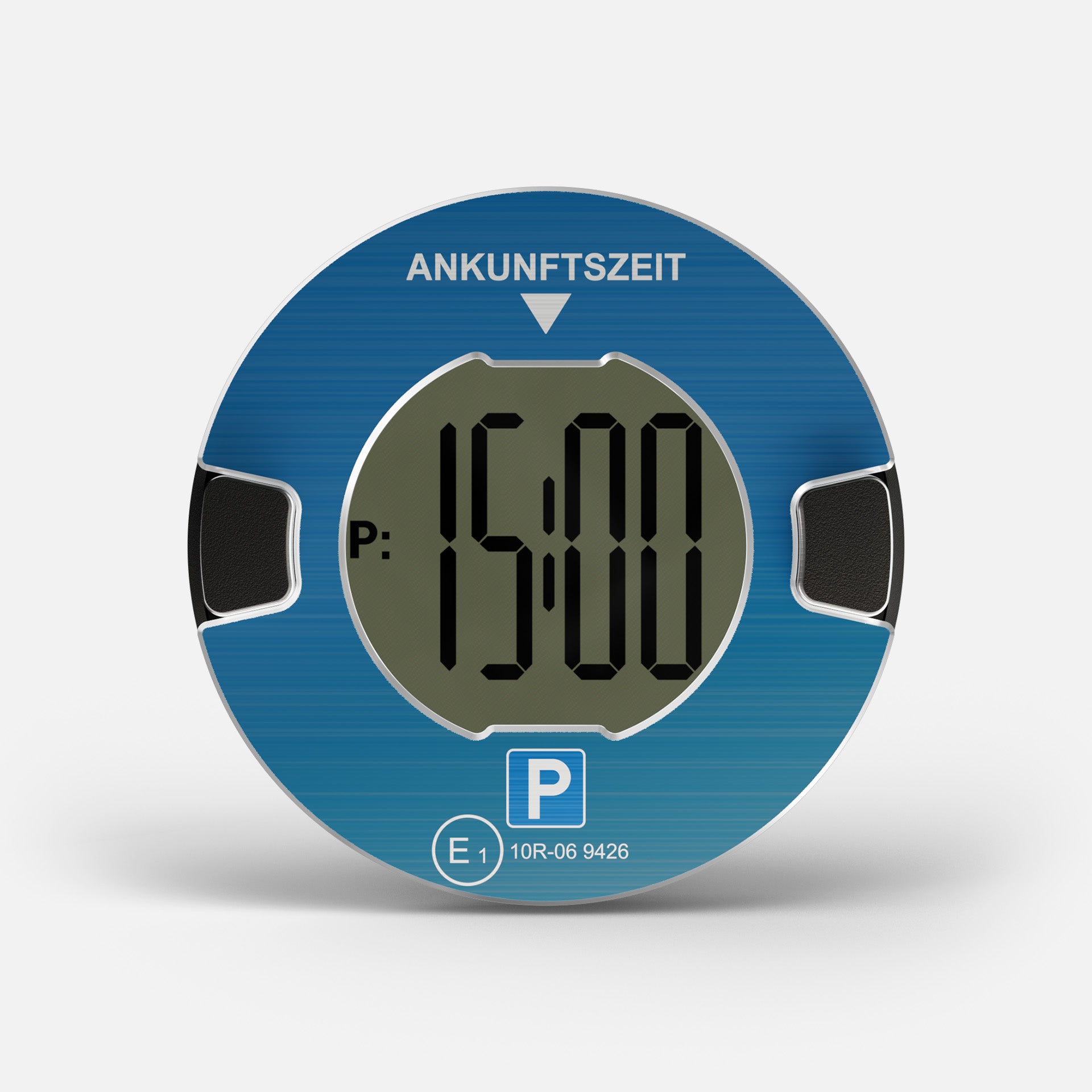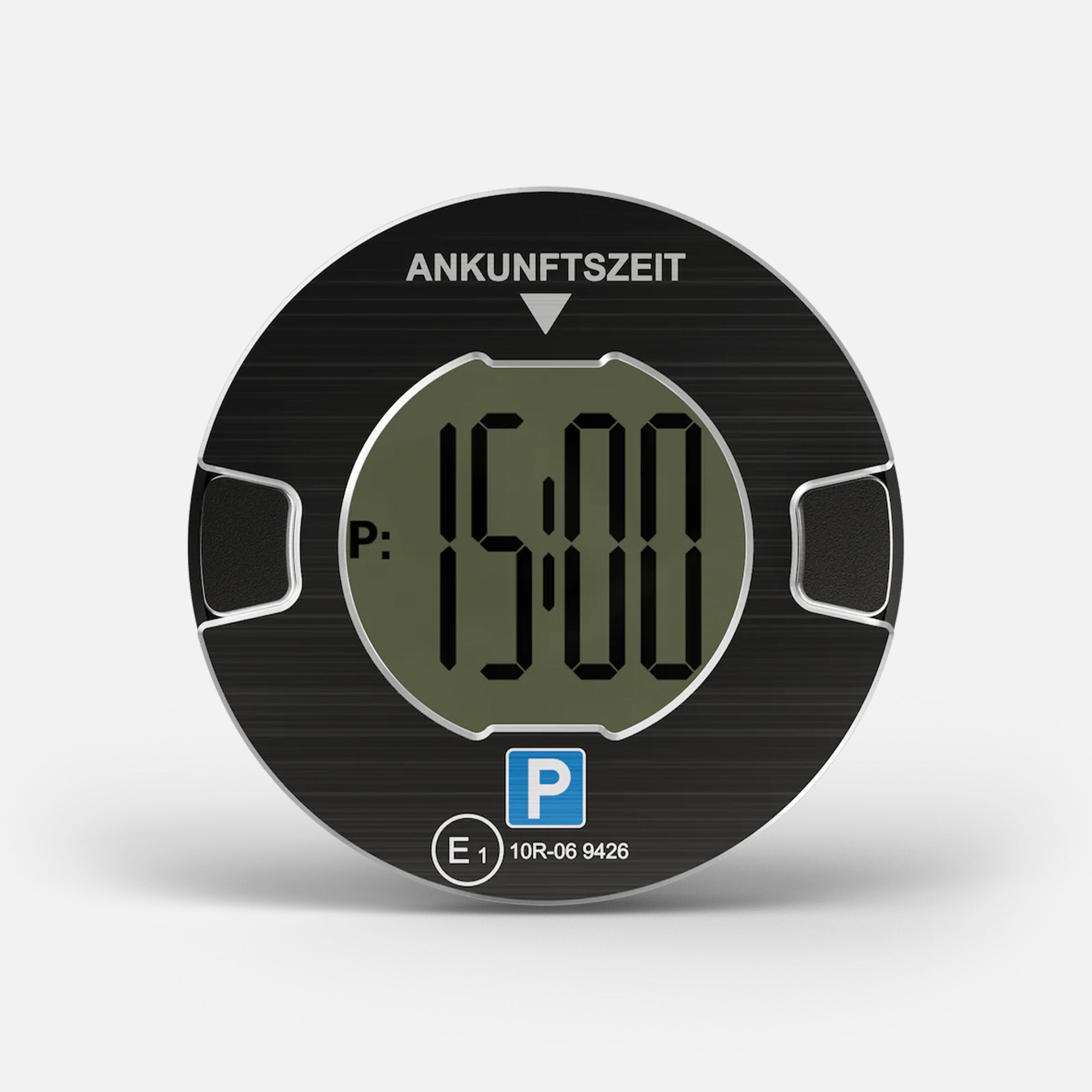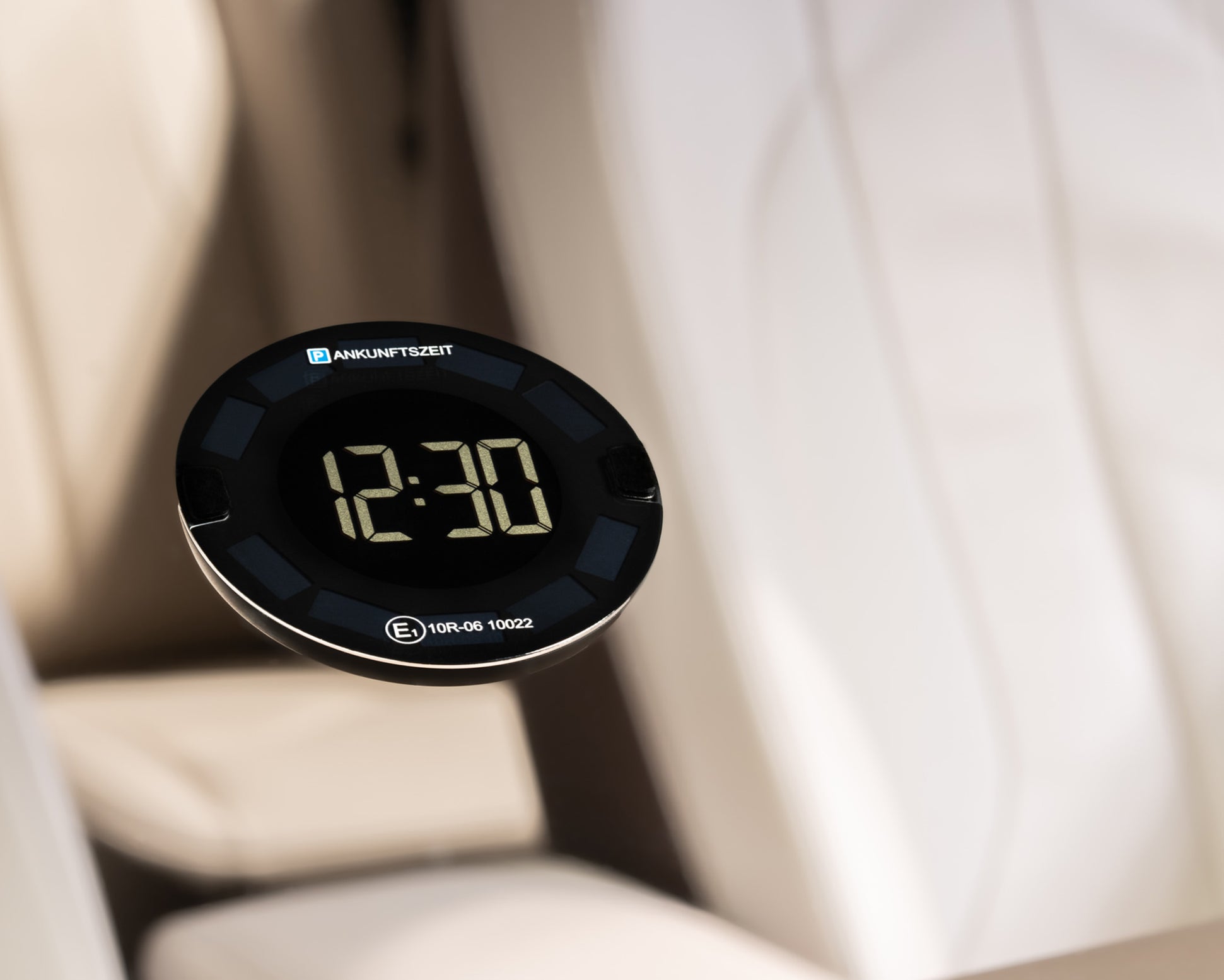Speed Control in Denmark: How to Become a More Attentive Driver
Speed control in Denmark is certainly nothing new, and most drivers are well aware of it – yet it still manages to catch many by surprise. That’s why we want to share what we know about speed checks and what you should be aware of as a driver. It’s not just about where you’ll typically encounter speed control in your car, but also how it contributes to safer roads – even if it can feel a bit annoying. Maybe. But don’t worry – at the end, we’ll share a helpful solution to make it all a little less frustrating.
What is speed control?
Speed control covers different types of speed measurement carried out by either the police or automated systems. The goal isn’t to bother drivers, but to ensure we all keep to the speed limit – especially where it matters most: near schools, in urban areas, and on accident-prone stretches.
The most common types
- Automated speed control (ATK): Carried out using fixed or mobile speed cameras. The so-called “photo vans” are a typical method.
- Manual speed checks: The police measure speed with handheld equipment and stop you immediately if you’re driving too fast.
Both methods are used regularly across the country, and there is not always an advance warning signage.
Where and when does speed control take place?
There’s no official “schedule” or public list of times and places – and that’s kind of the point. However, some patterns do emerge:
- Urban areas and city access roads: Where many miss that the limit drops from 70 to 50 km/h.
- Around schools and institutions: Especially between 7:00–9:00 AM and 1:00–3:00 PM.
- Highways with roadworks: Where the limit is temporarily reduced to 80 km/h, for example.
- Rural roads with high accident rates: The aim here is to reduce speed – not just issue fines.
The common theme: speed checks are typically placed where they make sense for safety reasons.
It’s not just about avoiding fines
It’s tempting to view a speed camera alert as a “fine-dodging” tool, but that mindset misses the point. A speed control warning should be seen as a reminder to stay present in traffic – not just for your own sake, but for others as well.
Being aware of speed checks is part of being a conscious and responsible driver. It’s not about shortcuts. It’s about staying ahead and helping to make the roads safer for everyone.
How the OOONO CO-DRIVER helps
OOONO CO-DRIVER is designed for exactly this kind of awareness. It’s not a radar or a distracting gadget – it’s a fully legal traffic assistant that keeps you informed in real-time about known incidents and speed control zones.
With CO-DRIVER you get:
- Speed control alerts in good time, so you can adjust your speed calmly and legally
- Automatic notifications via sound and light – with no distracting screen
- A community-based system with millions of users across Europe
- No subscription – pay once, use freely
- Compact, sleek design that doesn’t interfere with your driving
- Works in all types of cars – whether you’re commuting, driving a campervan, or running errands in the city
Does your car have built-in speed control features?
Many newer vehicles come with built-in speed limit warnings and traffic sign recognition. But these systems often rely on GPS data, which can be delayed or inaccurate. A dedicated traffic assistant like the CO-DRIVER offers better coverage and faster updates, because it’s based on real-time data from the community.
Stay ahead of the road
Knowing about speed control in Denmark isn’t just about avoiding unwanted fines. It’s about avoiding unwanted accidents – the kind that could’ve been prevented simply by respecting the speed limit. When you use the CO-DRIVER in your car, you combine smart technology with good driving habits – and that adds up to fewer fines, fewer surprises, and a safer experience on the road.
